Denison Hydraulics Goldcup Series Operating and installation instructions




















Other manuals for Goldcup Series
3
This manual suits for next models
3
Table of contents
Other Denison Hydraulics Water Pump manuals

Denison Hydraulics
Denison Hydraulics Premier Series Operating and installation instructions

Denison Hydraulics
Denison Hydraulics Goldcup Series Operating and installation instructions

Denison Hydraulics
Denison Hydraulics P11S Series Operating and installation instructions

Denison Hydraulics
Denison Hydraulics Premier Series Operating and installation instructions

Denison Hydraulics
Denison Hydraulics Premier Series Operating and installation instructions

Denison Hydraulics
Denison Hydraulics Premier Series Operating and installation instructions

Denison Hydraulics
Denison Hydraulics Premier Series Operating and installation instructions

Denison Hydraulics
Denison Hydraulics Premier Series Operating and installation instructions
Popular Water Pump manuals by other brands
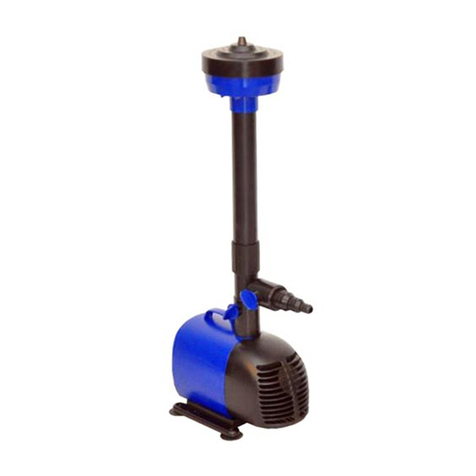
DAYLIFF
DAYLIFF DDF Series Installation & operating manual
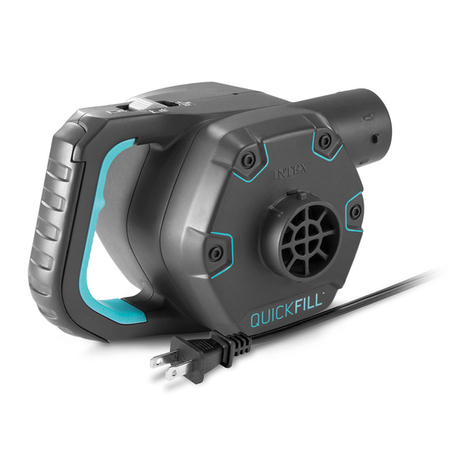
Intex
Intex Quick-Fill Operation instructions

TotalPond
TotalPond MD11400ASL manual
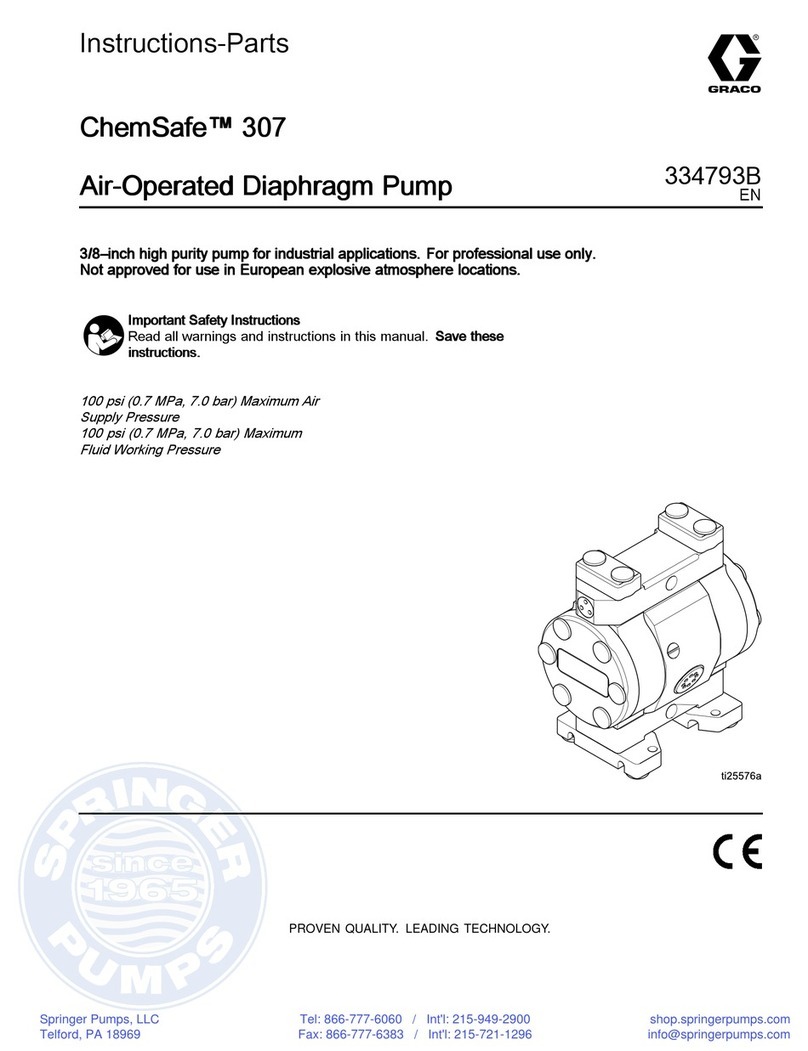
Graco
Graco ChemSafe 307 Instructions-parts list

Armstrong
Armstrong Design Envelope 4302 Installation & operating instructions

Xylem
Xylem Lowara Sekamatik 200 Series Installation, operation and maintanance manual
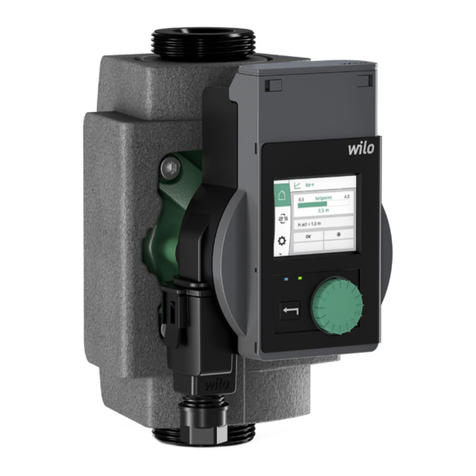
Wilo
Wilo Stratos PICO Installation and operating instructions

DIPRA
DIPRA SPIDO EC 300 instruction manual

Pentair
Pentair AQUATIC ECO-SYSTEMS SPARUS 348045-AQ Installation and user guide
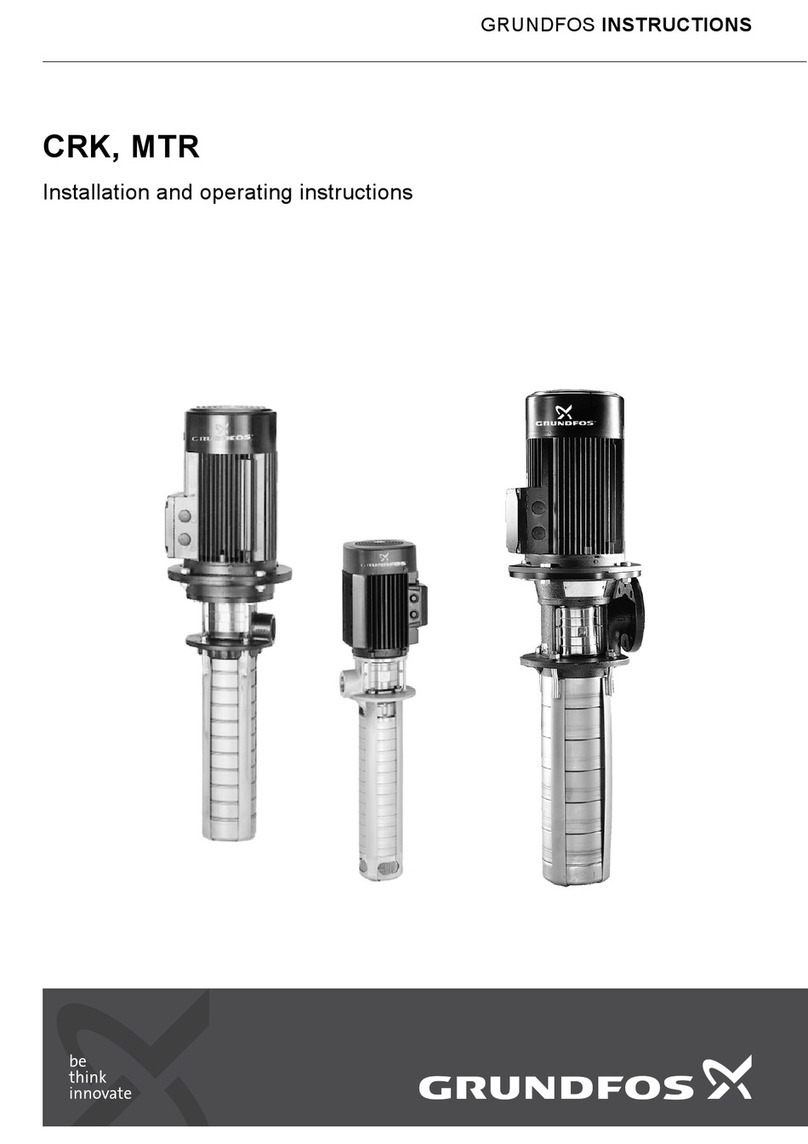
Grundfos
Grundfos CRK 2 Installation and operating instructions
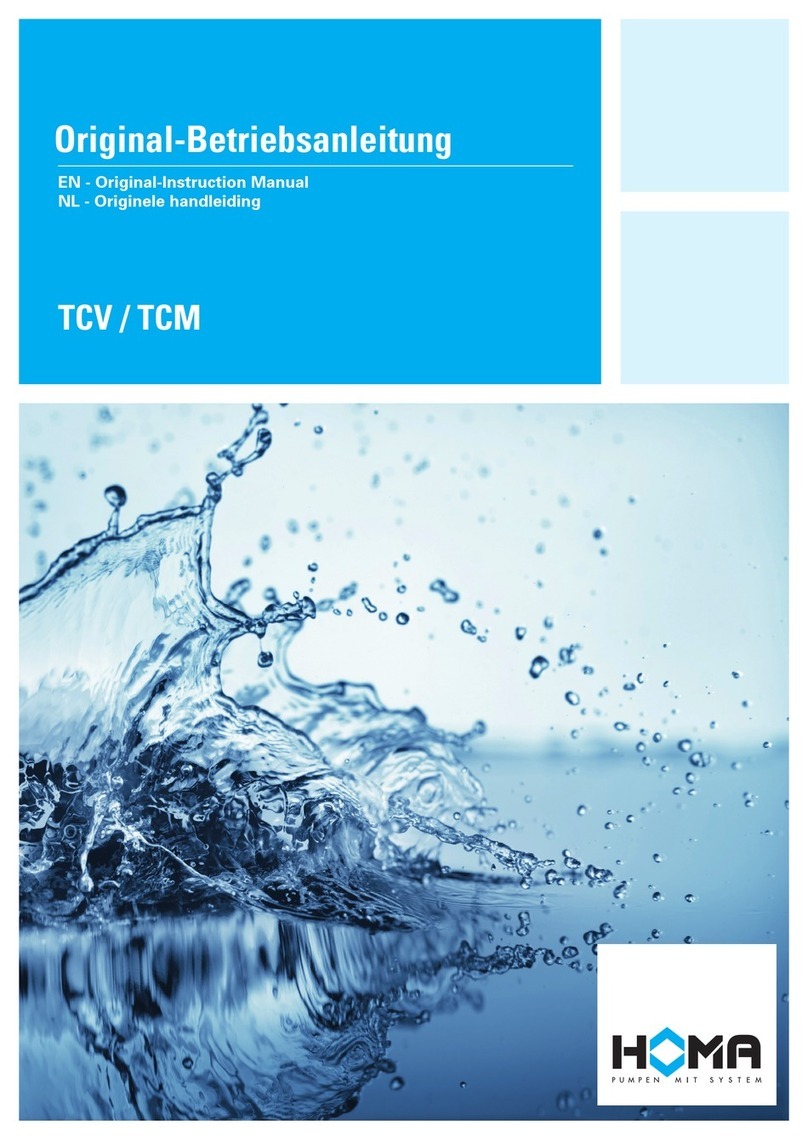
Homa
Homa TCV Series Original instruction manual

Summit
Summit 2196 model Installation, operation and maintenance manual

SAINT-GOBAIN
SAINT-GOBAIN MDP 50 operating instructions
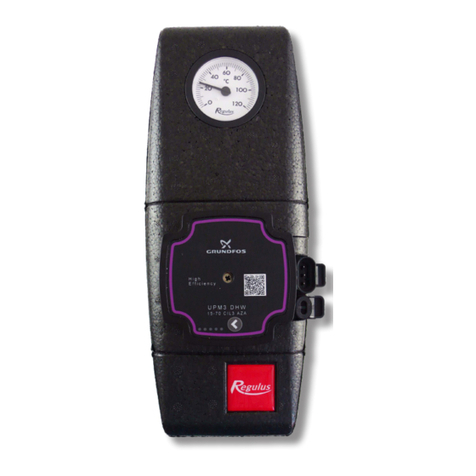
Regulus
Regulus CSE TV ZV G 1F Installation and operation manual

Pentair
Pentair Hydromatic S3S Installation and service manual

Amsino
Amsino AMSure user manual
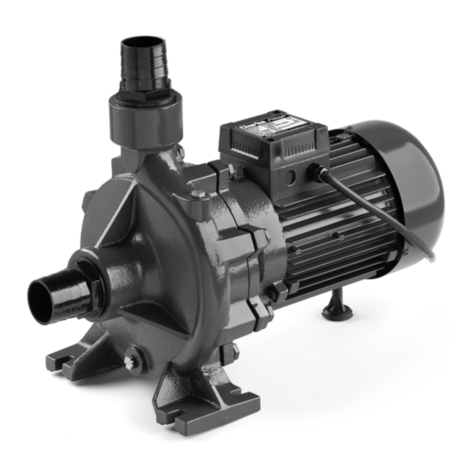
Clarke
Clarke ECP20A3 Operation & maintenance instructions
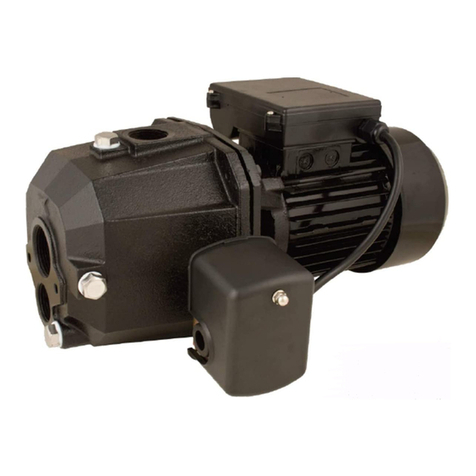
STAR Water Systems
STAR Water Systems SJ05 instructions